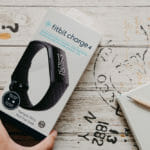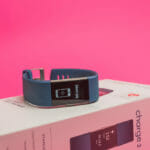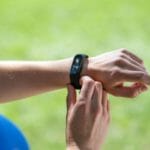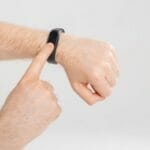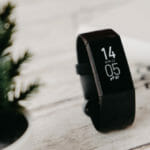If you’re looking to monitor your health more closely, or want help staying active, you need to get a Fitbit. This handy bit of tech not only keeps track of your steps and activity, but also has plenty of other great features to make sure you’re staying fit and healthy.
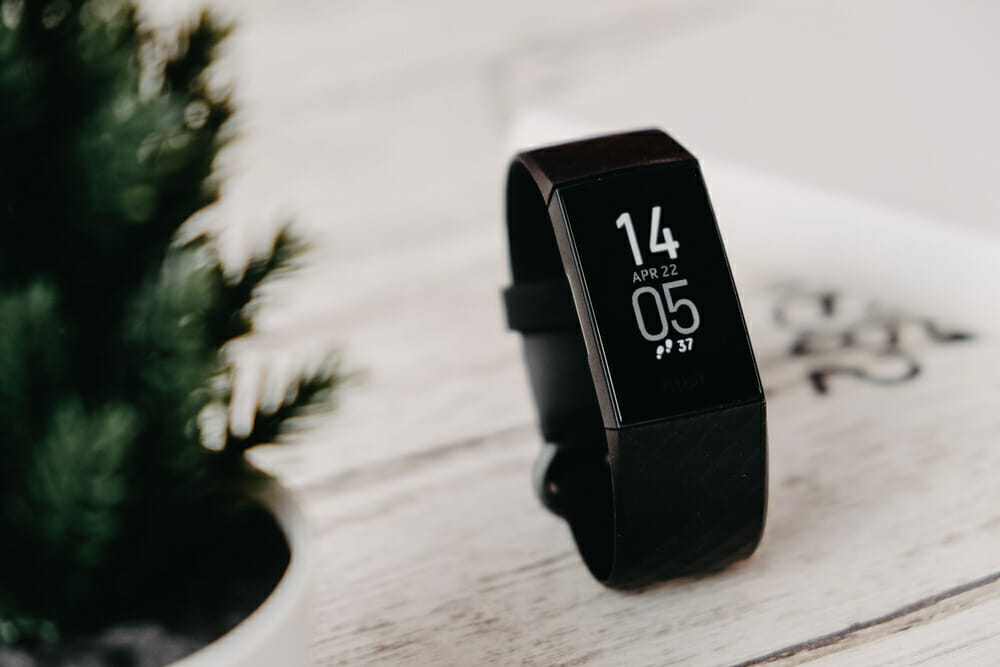
The Fitbit Charge line has a range of models with their own unique benefits, as well as many features shared between them. But with so many models, which is the right pick for you?
Don’t worry! This article will take you through the three most recent models: the Charge 3, Charge 4, and Charge 5. Not only that, but it’ll break down the differences between each, as well as helping you make the right choice.
Product Profiles
While it’s the oldest model on this list, the Charge 3 is still a great, effective model. Despite not having as many features as the newer models, the Charge 3 offers plenty of ways to monitor your health and fitness.
You can keep track of health metrics such as daily steps and menstrual health, which can also be used with the Fitbit App to set goals and organize your stats.
You’re also able to get reminders to move if you’re in the same spot for too long - couple this with over 15 built-in exercise routines, and it’s easy to stay active!
The Charge 3 is also great to wear in your day-to-day life.
Fitbit Pay (see also 'How To Make The Most Of Your Fitbit With These 9 Apps') lets you make contactless payments without needing your card, while guided breathing exercises help you manage your stress at any time.
Because this model is on the older side of the Fitbit Charge dynasty, you can usually find the Charge 3 at a much better value. So don’t disregard it due to its age - the Charge 3 is still a fantastic model of Fitbit.
The Fitbit Charge 4 is a great middle-ground between the three models. With all the benefits of the Charge 3 but with some added improvements.
Made for both physical and mental health, the Charge 4 has even more health tracking features than the previous model.
You can keep an eye on your heart and breathing rate, skin temperature, and oxygen saturation using the health metrics.
Additionally, you can keep track of your stress using a daily Stress Management Score, and use guided breathing and mindfulness exercises to help manage your mental health.
And with up to 7 days worth of battery life, there’s no need to worry about running out of battery when you’re on the go.
The slick and attractive design on this most recent model isn’t the only upgrade.
Its vibrant screen is twice as bright (see also 'Best Ways To Make Your Watch Glow Better') as the Charge 4’s, while the ‘Always On’ mode lets you take a look at your stats at a glance.
Not only that, but you can receive notifications from your phone to your Fitbit, so you can manage calls and texts while you’re getting some exercise in.
The Charge 5 also features Fitbit’s most advanced health and fitness tracking technology yet. With 20 built-in exercise modes, heart rate monitoring, and sleep tracking (among others), there are more ways to stay active than ever before.
If you’re looking for a Fitbit that’s top of the line, the Charge 5 is the model for you.
What Are The Differences?
While all three models are part of the same range, there are several key differences between each type.
The most notable of these are the improvements made as each new model was released. Most of the features on the Charge 3 are carried over onto the 4 and 5.
Additionally, the design has evolved along the way, with the Charge 3’s chunky strap and blocky screen making way for the Charge 5’s slick, streamlined design.
In terms of the features themselves, these are continuously improving with each release, and every consecutive model gets some great new features. The Charge 3, as expected, has the fewest features. These get the job done, but aren’t as comprehensive as the later versions.
The Charge 4 introduces a host of new functions and extras, including a ton of new health statistics which can be monitored on the Fitbit itself, or through the Fitbit app. Some of these include oxygen saturation levels, or the mindfulness stats that monitor stress and sleep.
The Charge 5, meanwhile, has every feature you could want from your Fitbit, and more on top of that. With 20 exercise modes, heart and breath monitoring, sleep stats being just a handful of the health and fitness functions available, you would think you’re set already.
However, the Charge 5 also has the option to make contactless payments, use organizational apps like a calendar or alarm, and even manage calls and texts. The Charge 5 really does have it all.
Not everything was carried over between models, however. Although the later models have features not included in previous iterations, the earlier versions also have things that make them unique.
The Charge 3 and 4 both include a menstrual health tracker, which isn’t present in the 5. And neither the 4 or 5 have the inactivity alarms that the Charge 3 have.
Every model in the Fitbit Charge family has its benefits and uses. But which is the best one for you?
Which One Should You Get?
There are a few things you should consider when choosing your Fitbit.
First, think about what you’ll be using it for. If you just want to keep an eye on your health, one of the older models may suit you better. On the other hand, someone who likes to stay active and monitor their fitness may benefit from the Charge 5’s wide array of statistics.
You should also consider how often you’re planning on using your Fitbit. If you aren’t going to use all the features of the Charge 5, you can save by getting a Charge 3 for better value.
However, whichever model you choose to get is sure to serve you well, and help you keep fit and healthy.
- Why is my fitness tracker not pairing with Apple Health? Troubleshooting for Technologically Cursed Mortals - December 22, 2025
- Why is my fitness tracker not updating firmware? Tech Tantrums and Update Woes Explained - December 21, 2025
- Why is the Sound Quality on My Bluetooth Headphones Poor? It’s Not Just Bad Music Taste! - December 21, 2025


